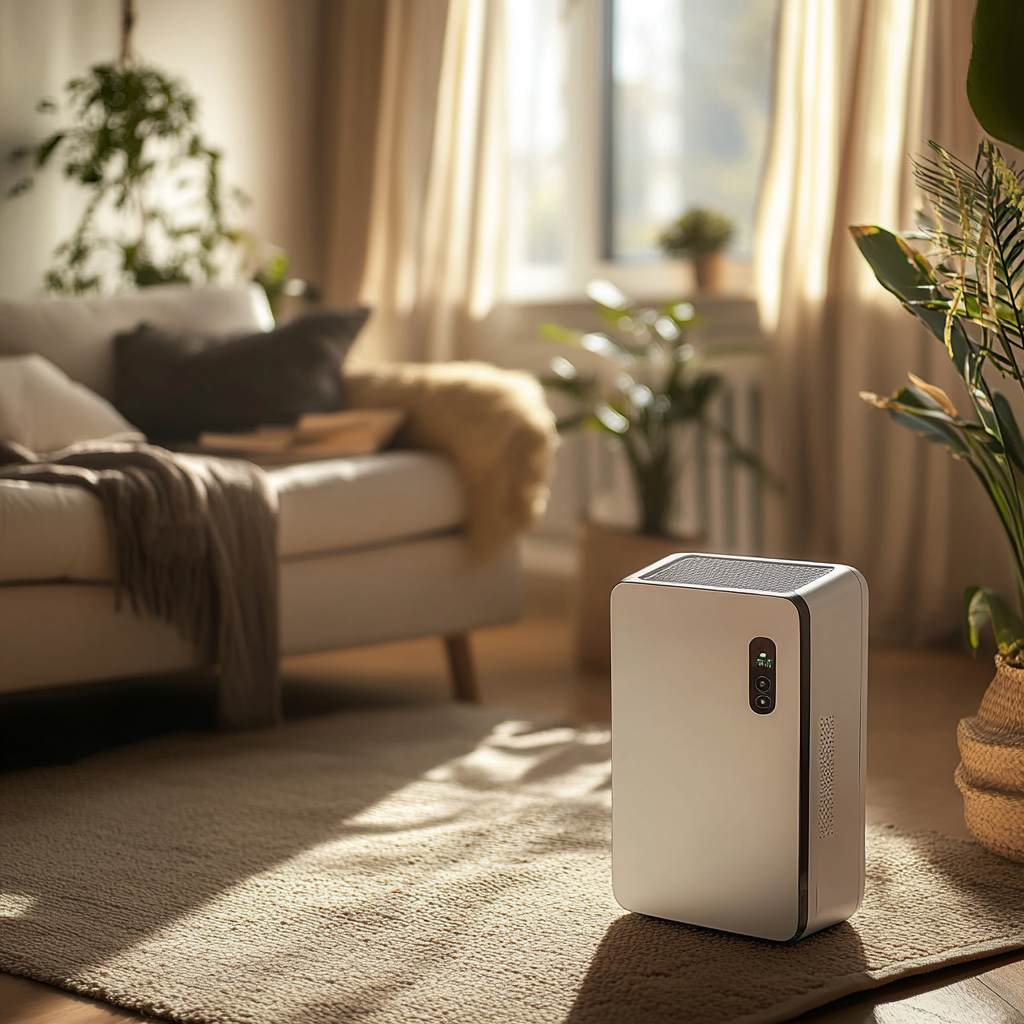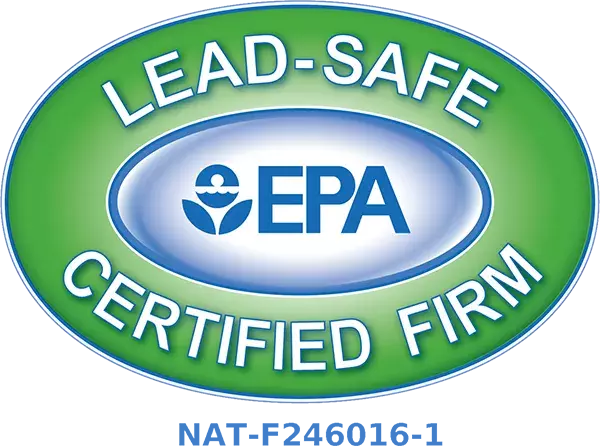Water damage is an all-too-common issue that affects countless homes each year, leading to costly repairs and potential health hazards. The sources of water damage are varied, ranging from leaky roofs and burst pipes to flooding and condensation buildup. Among these sources, humidity plays a crucial role in contributing to water damage and the subsequent effects on indoor environments. Understanding the significance of humidity in our homes is vital for detection and prevention.
Understanding Humidity and Its Impact
So, what is humidity? Humidity refers to the amount of water vapor present in the air and is commonly measured as relative humidity (RH). This measurement represents the percentage of moisture in the air compared to the maximum amount of moisture the air can hold at a particular temperature. Ideal indoor humidity levels generally range between 30% and 50%. While high humidity can be uncomfortable, it also poses serious risks for your home.
When indoor humidity levels exceed optimal thresholds, the consequences can be dire. Excess moisture promotes the development of mold, mildew, and other harmful microorganisms, compromising both indoor air quality and the structural integrity of your home. Understanding how humidity affects your living environment is the first step toward maintaining a healthy, damage-free home.
The Connection Between Humidity and Water Damage
Increased humidity levels create a fertile ground for mold growth. Mold spores thrive in damp environments, often beginning to grow on surfaces such as walls, ceilings, or organic materials within just 24 to 48 hours of exposure to moisture. Mold not only poses health risks—including respiratory issues, allergic reactions, and skin irritations—but it can also lead to extensive property damage and costly repairs.
Moreover, consistently high humidity levels can weaken structural components of a home. Wooden beams, flooring, and drywall can absorb excess moisture and may warp, rot, or degrade over time, leading to substantial home repairs. The stagnant air often associated with high humidity can also result in unpleasant odors, creating an uninviting atmosphere and even pest issues as insects are attracted to damp conditions.
Common Causes of High Indoor Humidity
Several daily activities contribute to humidity levels inside the home:
- Cooking: Boiling water for meals generates steam that can contribute to elevated moisture levels.
- Showering: Hot showers create significant moisture, especially without proper ventilation.
- Drying Clothes Indoors: Hanging damp clothes to dry generates moisture that can saturate the air.
In addition to daily actions, seasonal changes can drastically impact indoor humidity levels. For instance, humid summer months can lead to higher indoor moisture, while winter heating systems may dry the air but can also lead to condensation issues when temperature changes occur. Lastly, plumbing leaks and water intrusion from outside sources, such as flooding or drainage issues, can significantly raise indoor humidity, creating an environment ripe for damage.
Signs of Excessive Humidity in the Home
Being aware of the signs that indicate excessive indoor humidity can help prevent damage before it becomes severe. Look out for visible signs such as condensation on windows or walls, which often signifies that moisture is trapped indoors.
Other indications include musty odors, a telltale sign of mold presence, which can occur even if mold isn’t yet visible. Moreover, unexplained allergies or respiratory issues among occupants can suggest that elevated humidity levels and mold are affecting air quality. Keeping a vigilant eye out for these signs can empower homeowners to take action before serious damage occurs.
Strategies for Controlling Indoor Moisture Levels
Using Dehumidifiers
One effective strategy to manage humidity is the use of dehumidifiers. When selecting a dehumidifier, consider factors such as the size of the area to be treated and the specific moisture challenges faced. Be sure to maintain the unit by regularly emptying the reservoir and cleaning the filter to ensure continued effectiveness.
Ensuring Proper Ventilation
Adequate ventilation is crucial for managing indoor moisture. Make use of exhaust fans in kitchens and bathrooms to remove humidity generated from cooking and bathing. Opening windows and vents regularly can also improve airflow and reduce the concentration of humidity inside the home.
Fixing Leaks and Water Sources
Promptly addressing plumbing issues is vital in preventing high humidity levels. Regular inspections of plumbing systems for potential leaks can help mitigate risks. Ensuring drainages are clear and functional also contributes to reducing water-related problems.
Insulation and Sealing
Proper insulation of pipes and heating ductwork plays a significant role in preventing condensation. Additionally, sealing windows and doors helps to prevent outdoor moisture from entering your home and maintains a controlled indoor environment.
Plant Management
Indoor plants can contribute to humidity levels. While they enhance our living spaces, it’s vital to manage types of plants that may increase moisture. Consider relocating or reducing the quantity of moisture-releasing plants if humidity is a concern.
Maintenance Tips for a Healthy Indoor Environment
Maintaining a healthy indoor environment involves regular maintenance of both HVAC systems and humidity levels:
- Regular HVAC Maintenance: Ensure HVAC systems are functioning efficiently, as they play a crucial role in managing indoor air quality and humidity levels.
- Routine Checks for Humidity Levels: Investing in a hygrometer allows homeowners to monitor indoor humidity accurately, helping to take action when certain thresholds are reached.
- Seasonal Adaptations: Adjust humidity control measures according to seasonal changes. For example, using humidifiers in the winter months or increasing ventilation during milder months can help maintain optimal conditions.
Conclusion
Controlling indoor humidity is essential for preventing water damage and promoting a healthy living environment. By recognizing the signs of excessive moisture and implementing effective strategies, homeowners can safeguard their properties and enhance their overall quality of life.
If you suspect water damage or issues related to humidity in your home, don’t hesitate to reach out to J&R Restoration, serving the South Florida area. Our skilled team specializes in water damage restoration and moisture control solutions tailored to your unique needs. Contact us today to learn how we can help you create a safe and healthy living space!


